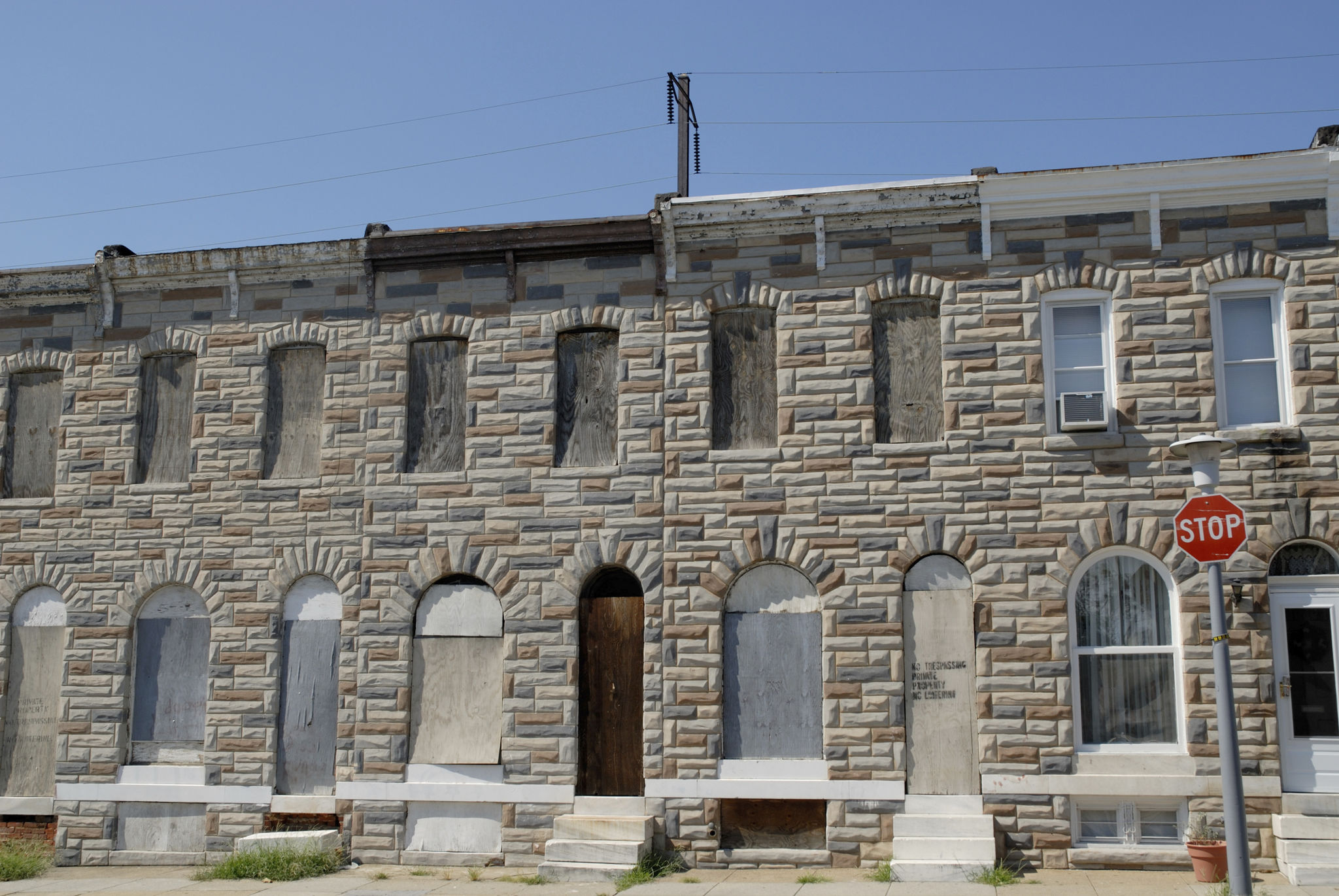How Donating Abandoned Homes Can Transform Baltimore Communities
The Challenge of Abandoned Homes in Baltimore
Baltimore faces a significant challenge with abandoned homes, which are often left to decay and contribute to urban blight. These neglected structures can lead to a range of problems, including decreased property values, increased crime rates, and a diminished sense of community. However, a creative solution is emerging: transforming these abandoned properties through donation.

The Potential of Donation Initiatives
Donating abandoned homes to local organizations or community groups can be a powerful catalyst for change. By transferring ownership to those who have the resources and vision to rehabilitate these properties, communities can begin to reverse the negative impacts associated with urban decay. This approach not only revitalizes neighborhoods but also creates opportunities for affordable housing and community development.
Organizations can repurpose these properties in several innovative ways, such as converting them into community centers, art spaces, or homes for families in need. This not only helps address housing shortages but also strengthens community bonds.
Empowering Local Communities
By involving local residents in the transformation process, these initiatives empower communities to shape their own futures. Residents often possess invaluable insights into the unique needs and character of their neighborhoods. Their involvement ensures that redevelopment efforts align with the community’s vision and values.

Community-driven projects can lead to increased civic engagement and pride, as residents actively participate in reshaping their environment. This collaborative approach fosters a sense of ownership and responsibility, encouraging ongoing maintenance and care for the revitalized areas.
Economic and Social Benefits
The economic benefits of donating abandoned homes extend beyond the immediate community. As properties are rehabilitated, they attract new businesses, residents, and investors, stimulating economic growth. This influx of activity can create jobs and boost local economies, contributing to a more vibrant city overall.
Socially, transformed neighborhoods often experience reduced crime rates and improved public safety. Revitalized areas become more welcoming and inclusive, encouraging diverse groups to interact and support one another. Such positive social dynamics can lead to long-term stability and prosperity for Baltimore communities.

Success Stories and Future Prospects
Several success stories in Baltimore highlight the potential of this approach. For instance, projects led by local nonprofits have turned derelict buildings into thriving community hubs or affordable housing units. These success stories serve as inspiration and blueprints for future initiatives.
Looking ahead, expanding these donation programs could further transform Baltimore’s urban landscape. By continuing to build partnerships with city officials, nonprofit organizations, and private investors, the momentum for change can be sustained and amplified.
Conclusion: A Pathway to Transformation
Donating abandoned homes represents a promising pathway to transforming Baltimore communities. Through collaborative efforts, these properties can be reimagined as valuable assets that contribute to the well-being of residents and the overall vitality of the city. As more stakeholders recognize the potential of this approach, Baltimore can continue to move toward a brighter, more prosperous future.